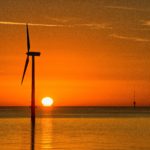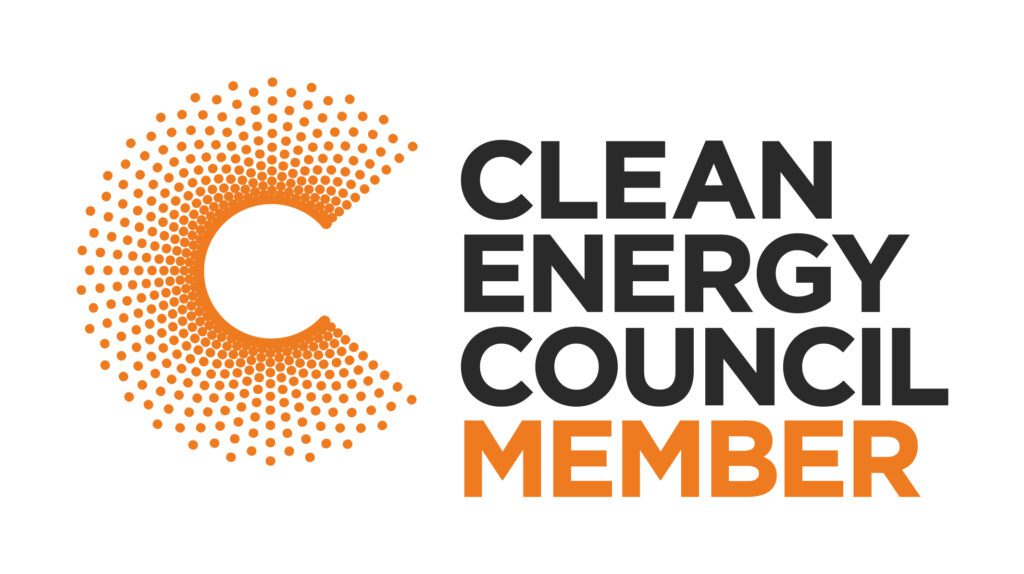Key Factors for Environmental Impact Assessment for Offshore Wind in Australia
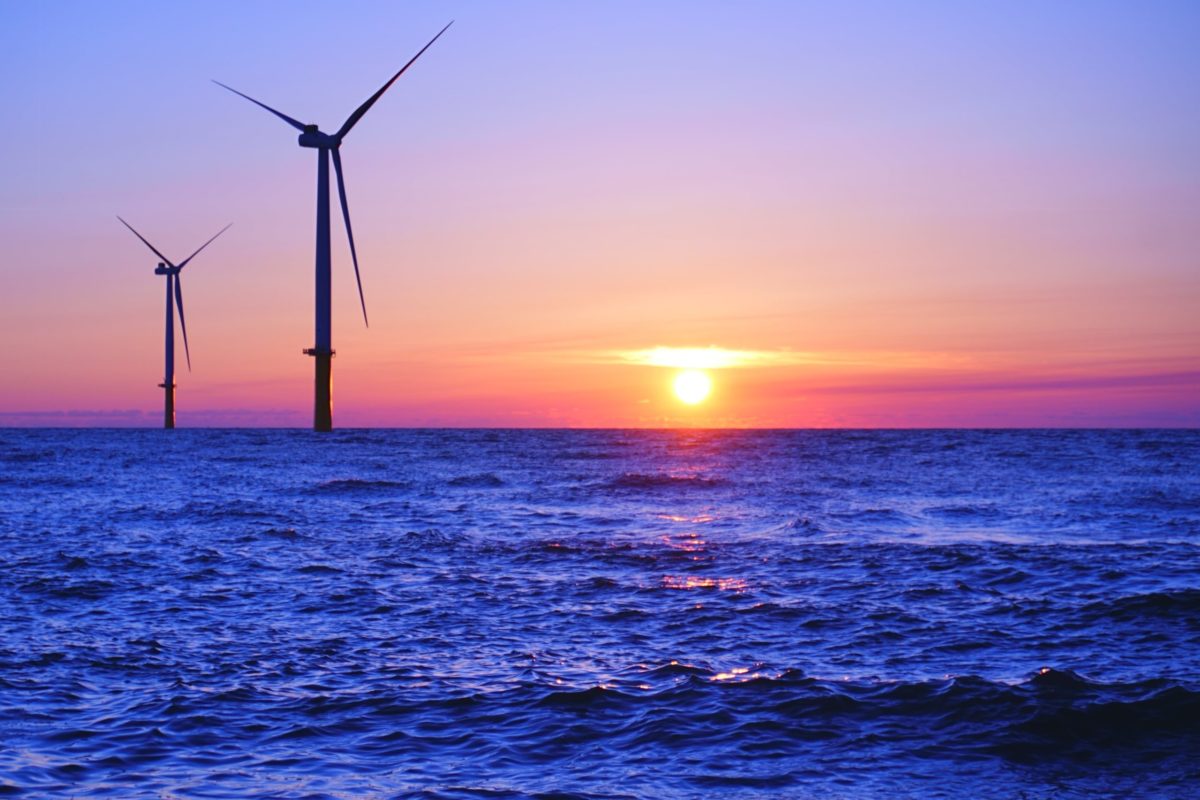

The release of Key environmental factors for offshore windfarm environmental impact assessment under the Environment Protection and Biodiversity Conservation Act 1999 (the EPBC Act) prepared by Department of Climate Change, Energy, the Environment and Water (DCCEEW) provides explicit guidance regarding the impact pathways that need to be considered as part of offshore renewable energy (ORE) and offshore wind farm (OWF) developments occurring within the Commonwealth Marine Area (CMA). The guidance primarily focuses on providing direction on the type of stressors and impacts that may occur through different developments and activities.
Mitigation Hierarchy
The document will be an important reference point for the structuring of assessment around specific protected matters and stressors under the EPBC Act. Clear examples are provided for each of the receptors under the mitigation hierarchy. The hierarchy is a key concept and approach to addressing and managing impacts that may occur through the development and activities of an OWF.
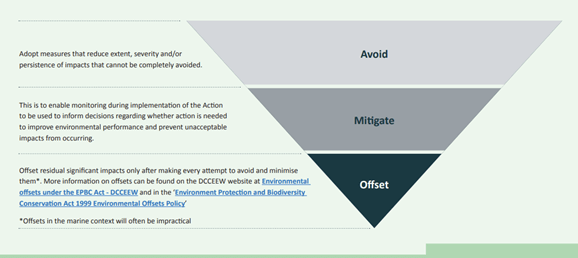
Cumulative Impact
Cumulative impacts are of key concern due to the clustering of OWFs which will occur under the marine Renewable Energy Zone (REZ) approach (a term used to describe the areas within the CMA declared suitable for offshore wind development).
In the onshore wind environmental assessment process, the approach to assessing cumulative impact typically advantaged first movers in that permitted onshore wind farms are provided with pseudo buffers against competition in the landscape. The nature of the offshore declaration area means it will likely have OWF abutting each other to maximise utility of the declaration areas. This could present as a single unified OWF in the marine landscape resulting in impacts beyond what proponents can identify and manage. The approach DCCEEW takes to navigate this issue, along with the guidance it provides, could be highly valuable to project proponents as it helps them in reducing potential risks associated with the development of their projects.
Summary
- The document provides a clear basis and starting point for proponents who are looking to develop ORE/OWF projects within CMA and the environmental factors to consider as part of the development process
- DCCEEW flags future guidance in regards to cumulative impacts and to defined data standards and survey protocols
- More important than the document itself is the continued engagement from DCCEEW with the ORE/OWF sectors and the explicit acknowledgement that in Australia, we must speed up transitioning our national energy system to renewables to meet Australia’s commitment to net-zero greenhouse gas emissions by 2050
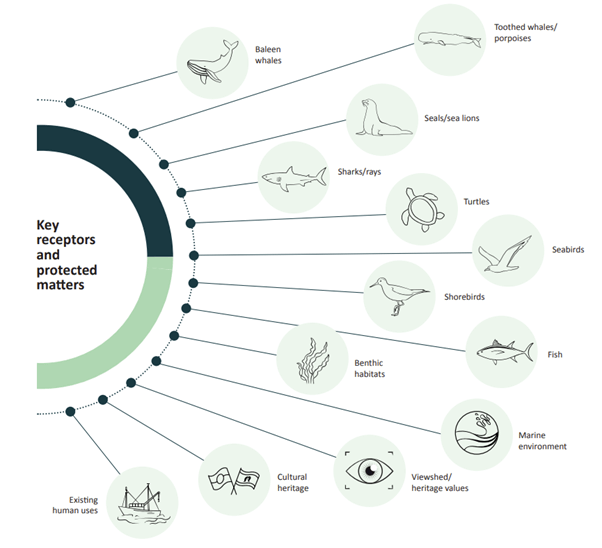

- About the Author
- Latest Posts
Interested in working with Energise Renewables?


